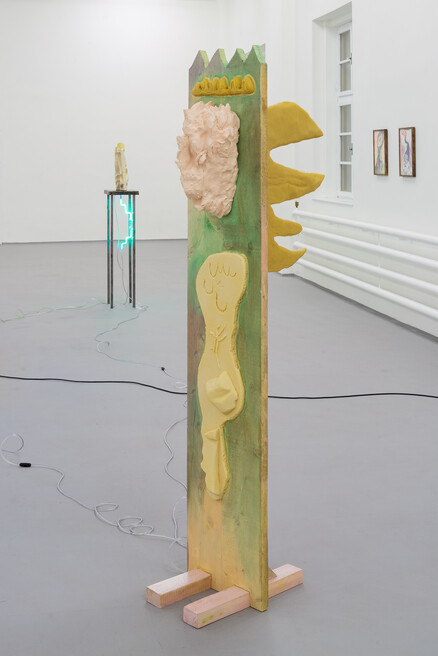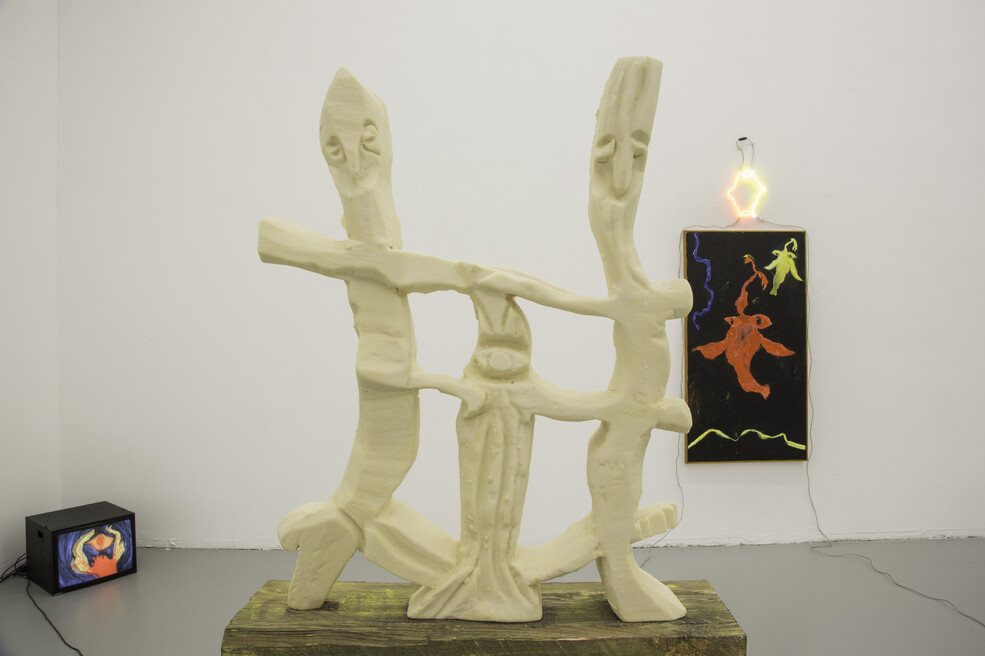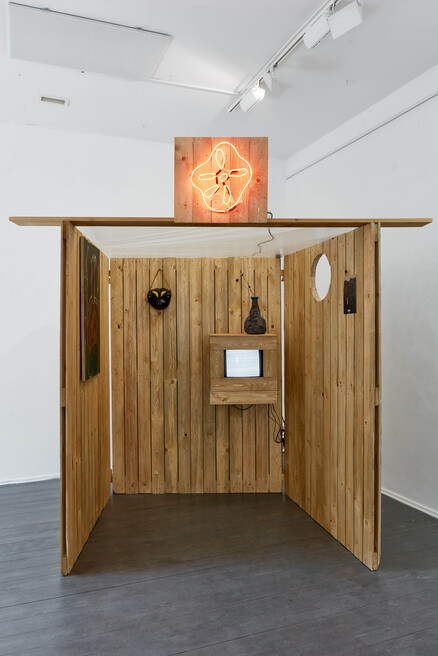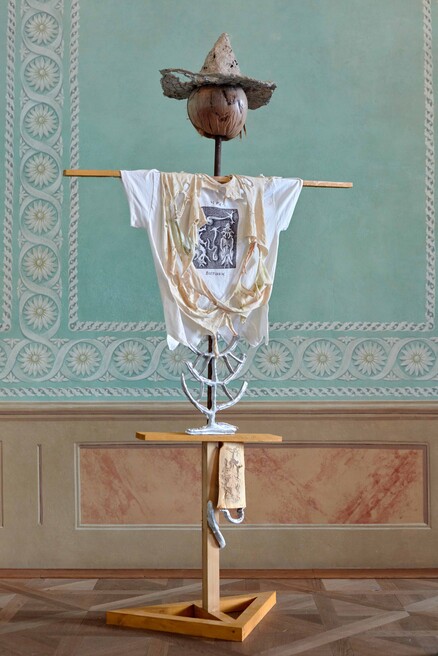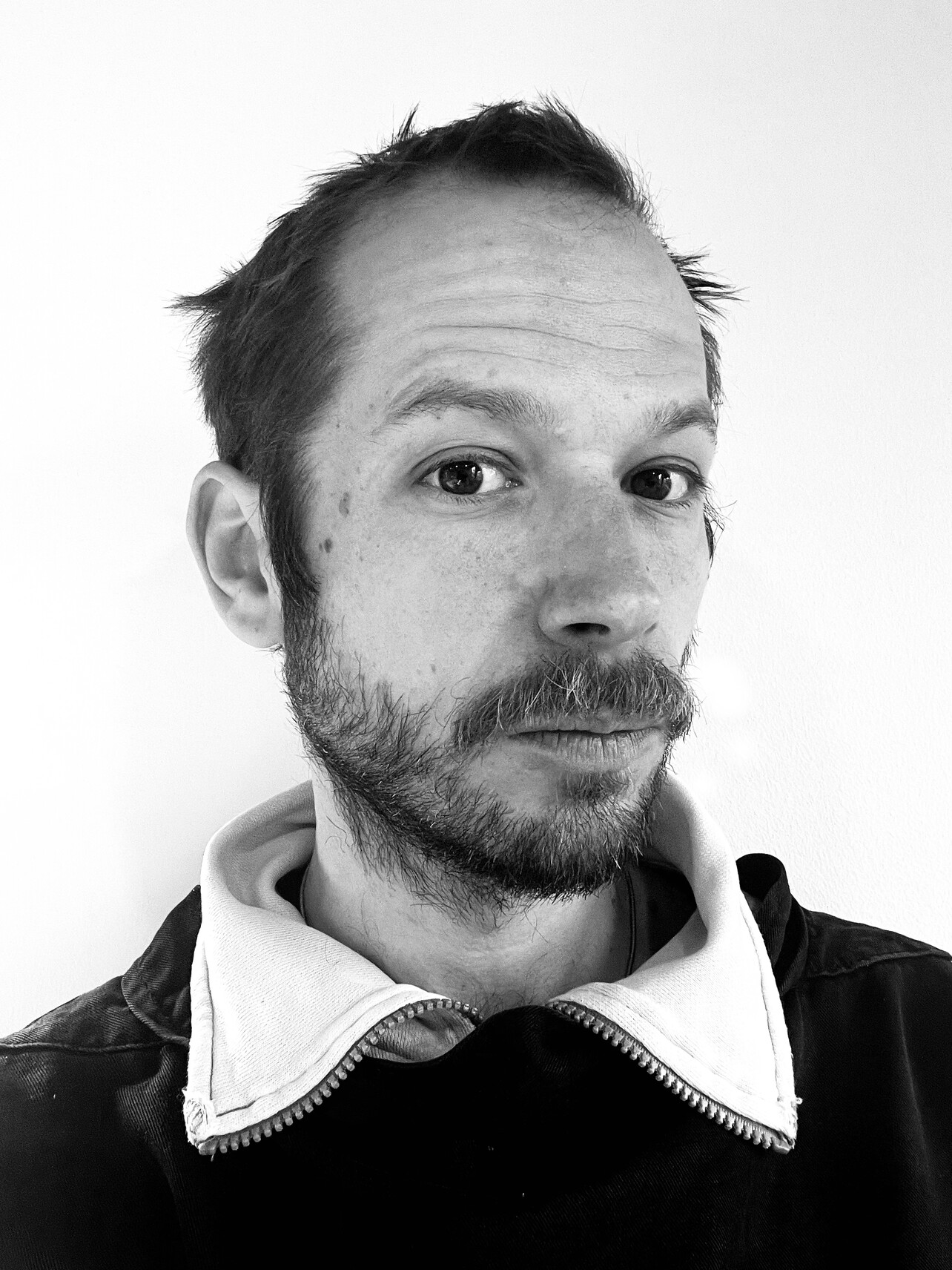Ádám Ulbert
area: Art theory
Ulbert’s research focuses on the connections between fine art, ecology, and science-fiction. He was a doctorate researcher at the Hungarian University of Fine Arts Budapest. He obtained his Master of Fine Arts degree at the Sandberg Instituut in Amsterdam in 2014. He then attended a two-year postgraduate residency program at the Rijksakademie van Beeldende Kunsten in 2016–17. He has attended shorter and longer programs in the United States (TAAK Summer School / Chinati Foundation Marfa, Texas), South Korea (Asian Culture Center – Rjksakademie van Beeldende Kunsten, Dialogue and Exchange Programme, Gwangju), and Berlin (Collegium Hungaricum). In 2021, he was one of the winners of the Esterházy Art Award and in 2018 he won the Mondriaan Fonds Established Artist scholarship. His solo presentations include shows at the Longtermhandstand, Budapest, Karlin Studios, Prague, Stedelijk Museum Bureau, Amsterdam. He has taken part in several group exhibition: EKO 9 Triennial of Art and Environment, < rotor > association for contemporary art, Graz (2023), tranzit.sk, Bratislava (2023), UGM Studio (2022), OFF-Biennále Budapest (2021), Villa Du Parc Contemporary Art Center, Annemasse, France (2019), Abstract Hungary at KM–Graz (2017).
Website: adamulbert.com
Instagram: @adamulbert
During his residency, he aims to gain a deeper understanding of the artistic and architectural ideas of Frederick Kiesler. He is particularly interested in how Kiesler’s morphological ideas opened up an all-inclusive ecological vision. His assumption is that many modernist artists, who engaged in incorporating biology, psychology, morphology, and often ethnography into their practice, laid the foundation for today's sensitivity toward ecology. His intention is to utilize Kiesler’s so-called ‘elastic’ design and to reinterpret its biotechnical and formal possibilities. To achieve this, he will conduct research at the Austrian Frederick and Lillian Kiesler Foundation. Alongside his research, he will be working on a new series of art and texts titled Before Going Under Earth. In this recently initiated series, he is developing an eco-fictional narrative set in the near future, taking place in various forms of shelters. Through this story, he seeks to create both a theoretical and artistic framework for the search for refuge in transitional times.
